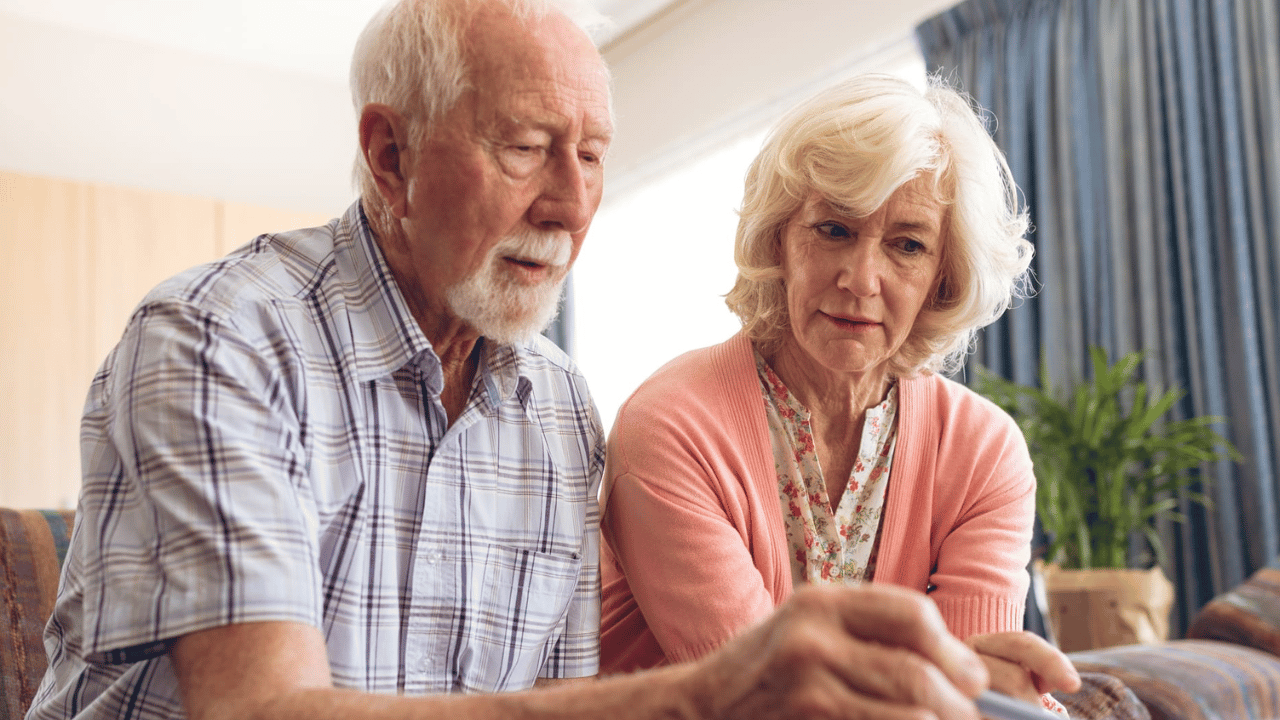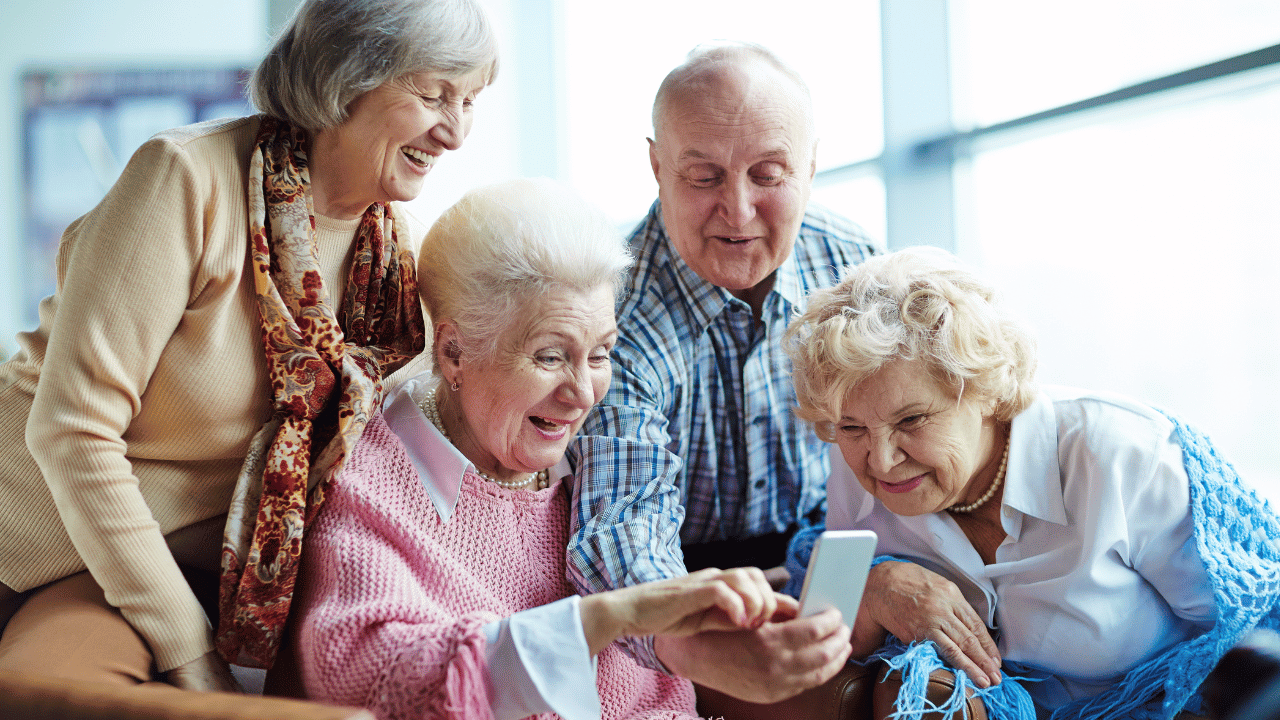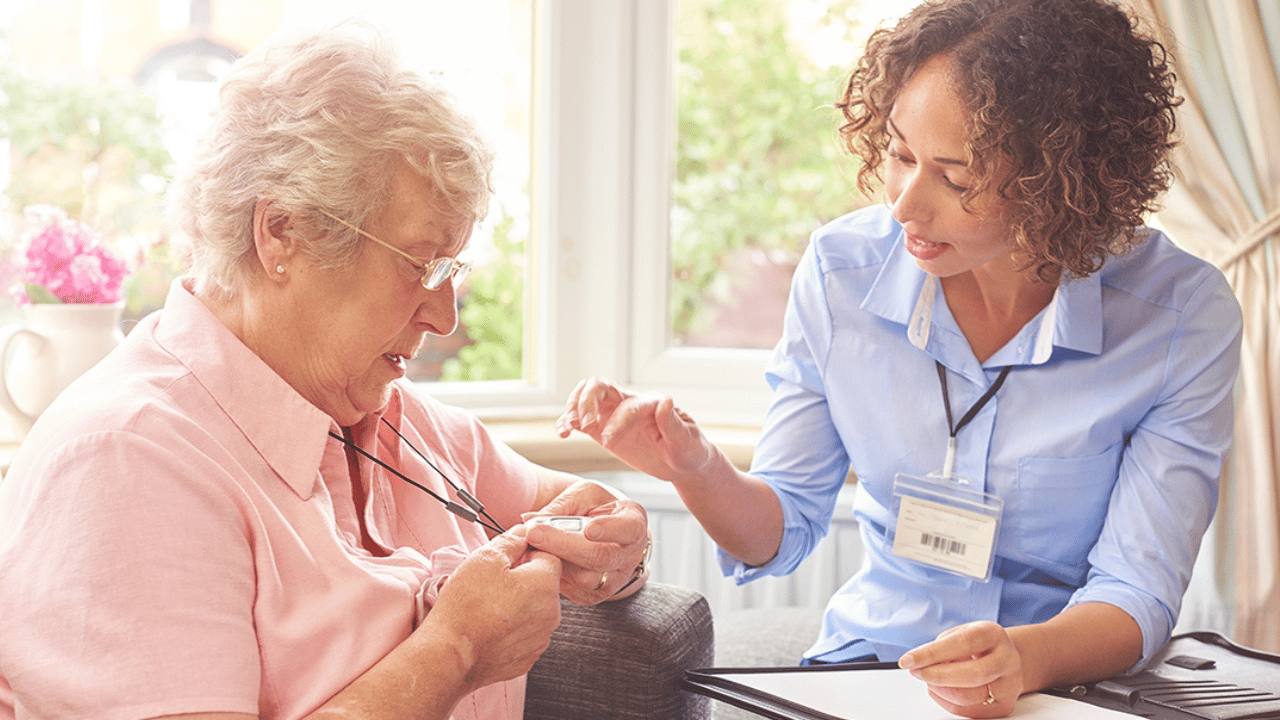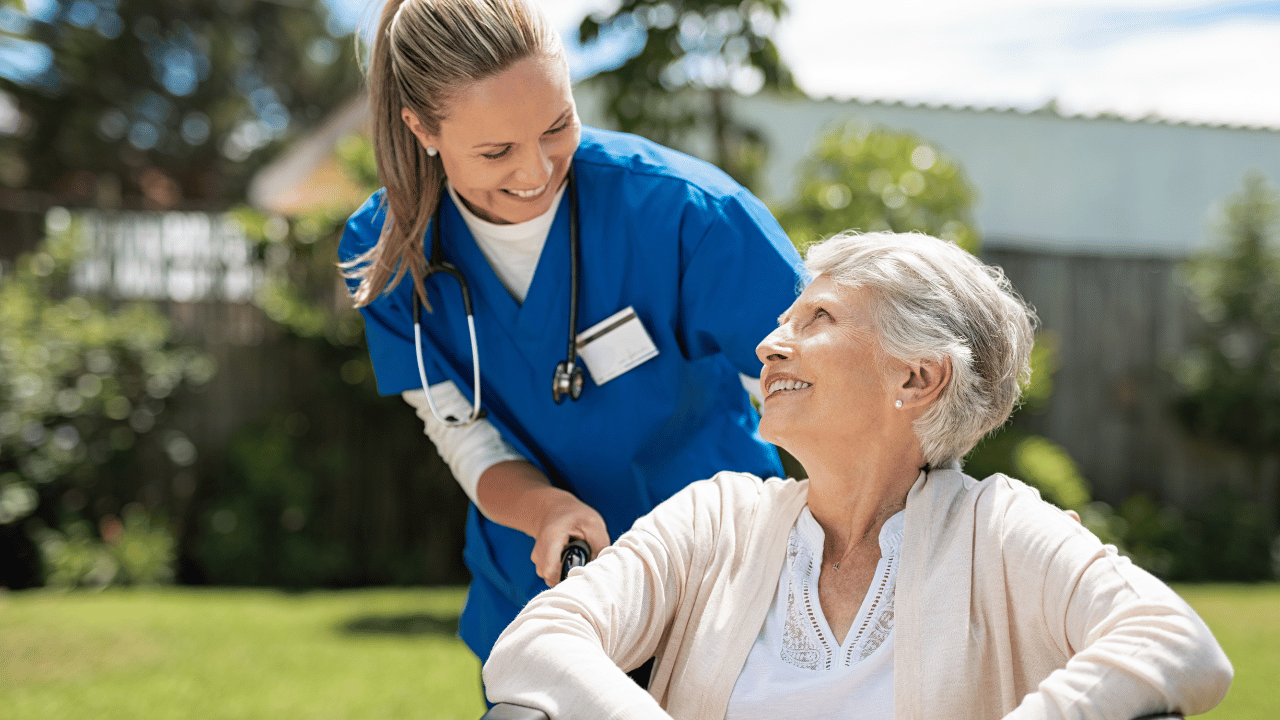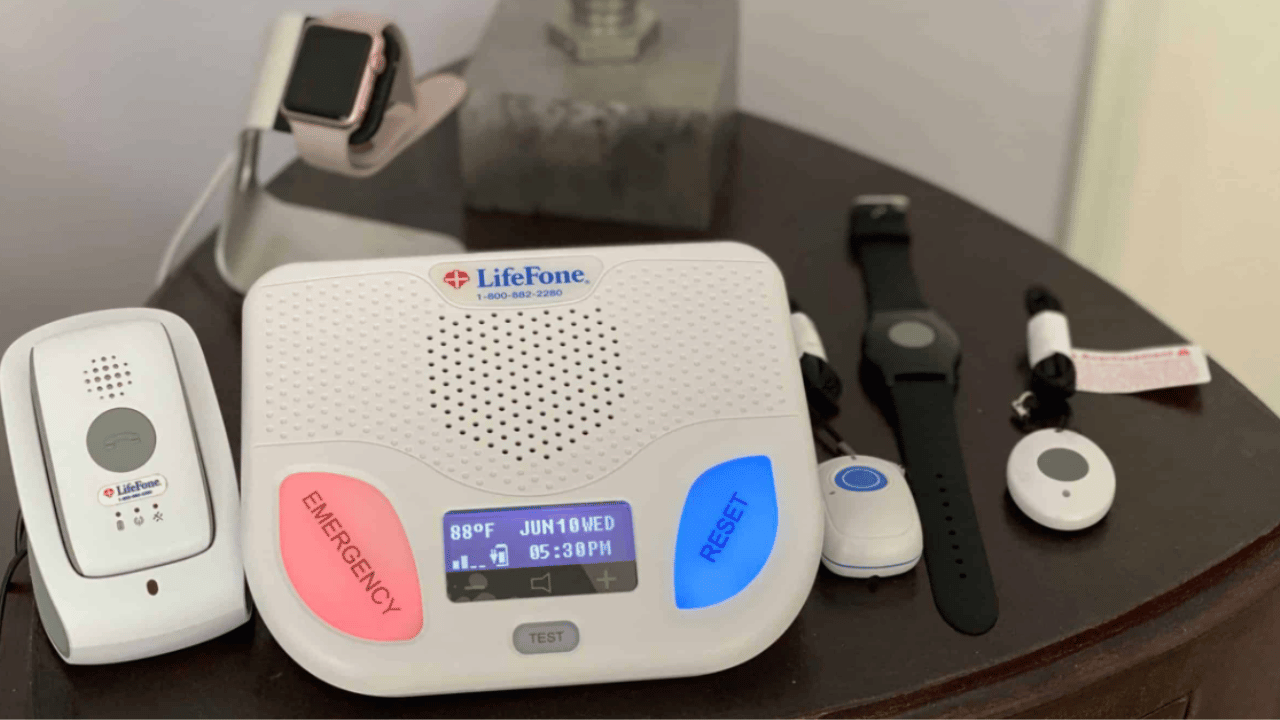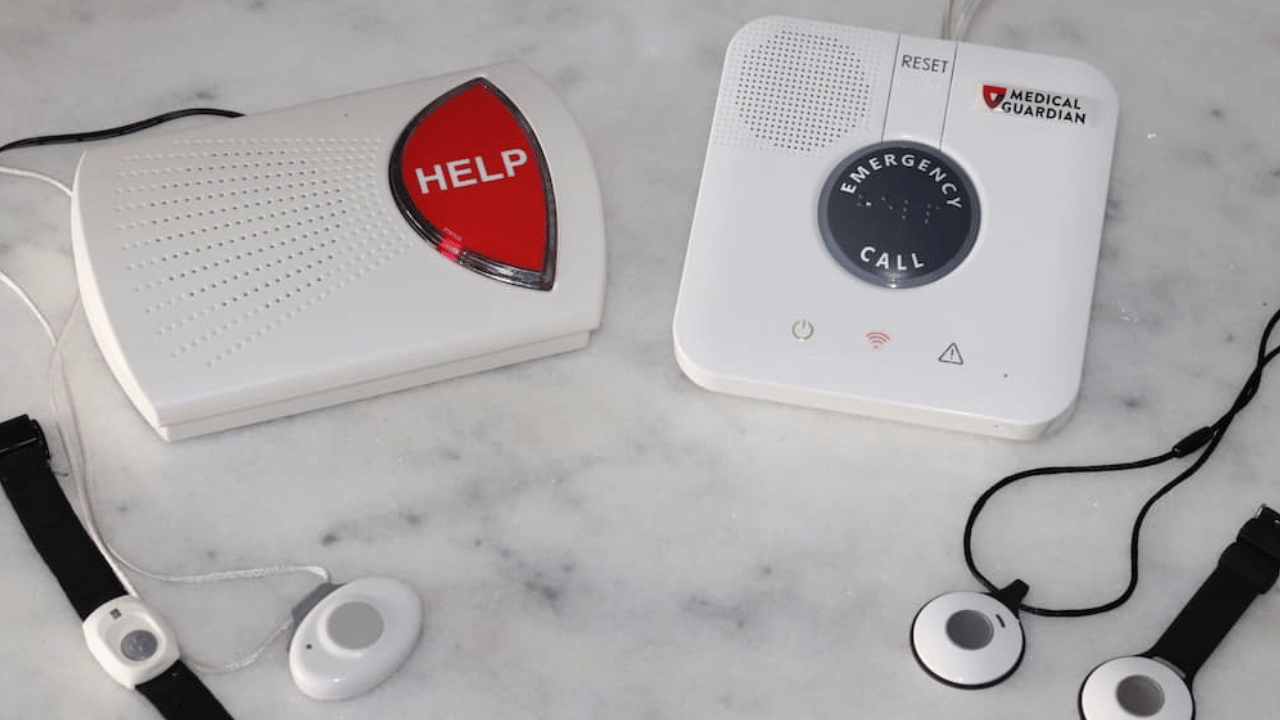Navigating the Transition: Introducing Medical Alert Systems to Aging Parents
As our loved ones age, ensuring their safety becomes a top priority. For many families, the transition to introducing medical alert systems can be a sensitive yet necessary step. In this blog post, we will explore the importance of medical alert systems, their benefits, and offer guidance on how to navigate this transition smoothly.
Aging comes with its own set of challenges, and one of the primary concerns is the increased risk of accidents and emergencies. Falls, sudden health issues, and other unexpected events become more prevalent as individuals age. Medical alert systems provide an invaluable lifeline during these critical moments, allowing seniors to quickly call for help with the push of a button.
How Can I Explain the Benefits of Medical Alert Systems to My Parents?
Approaching the Conversation:
Discussing the introduction of a medical alert system with aging parents requires sensitivity and open communication. Here are some tips on approaching the conversation:
- Emphasize Independence: Highlight that the goal is to support their independence rather than restrict it. A medical alert system is a tool that allows them to continue living life on their terms.
2. Share Success Stories: Provide examples of how medical alert systems have positively impacted the lives of others. Personal stories can help alleviate concerns and showcase the practical benefits of such systems.
3. Involve Them in Decision-Making: Include your aging parents in the decision-making process. Allow them to explore different options and express their preferences, fostering a sense of control over their safety.
4. Address Concerns: Acknowledge any concerns they may have and provide clear, factual information to address those concerns. Be patient and understanding, allowing them time to process the information.
Some Features It May Be Helpful to Highlight:
- Immediate Access to Help: Medical alert systems offer a direct line to emergency services or designated contacts, ensuring that assistance is just a button press away. In the event of a fall or sudden health deterioration, a prompt response can make a significant difference in the outcome.
2. 24/7 Monitoring: These systems provide round-the-clock monitoring, offering peace of mind for both seniors and their families. Continuous monitoring ensures that assistance is available at any time, day or night, providing a sense of security for aging parents.
3. Independence and Confidence: Medical alert systems empower seniors to maintain their independence by allowing them to live alone while knowing that help is readily available. The confidence that comes with having a reliable safety net can positively impact their overall well-being.
4. Customizable Features: Many medical alert systems come with additional features such as fall detection, medication reminders, and GPS tracking, tailoring the service to the specific needs of the individual. This customization enhances the overall effectiveness of the system in addressing the unique challenges of aging.
Introducing medical alert systems to aging parents is a thoughtful and proactive step toward ensuring their safety and well-being. By understanding the benefits of these systems and approaching the conversation with empathy, families can navigate this transition smoothly.
Embracing technology to enhance the safety of our loved ones is a testament to our commitment to providing them with the best possible care as they age.
Contact us today, our Personal Consultants will assist you with understanding which medical alert is right for you or your loved one.
